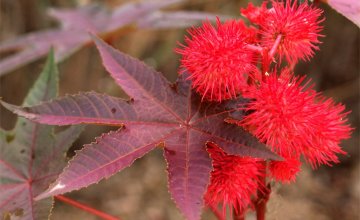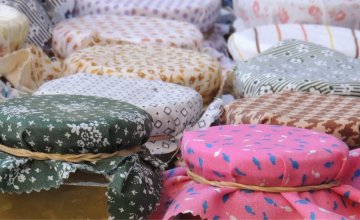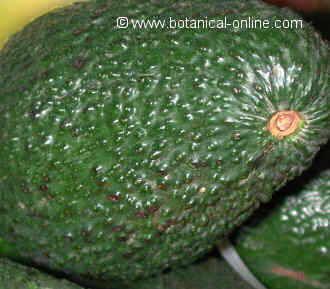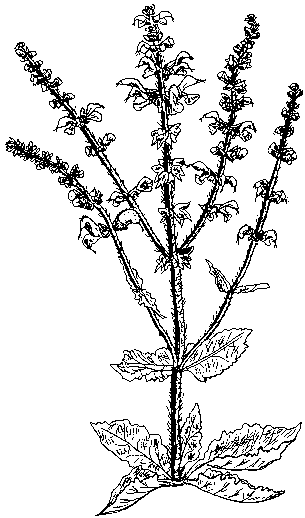Contents
Glucomannan or konkac gum, soluble fiber
CHARACTERISTICS OF GLUCOMANAN
What is glucomannan?
Glucomannan or konjac gum (in English: Glucomannan Konjac Mannan Root Fiber), is the main component of the root of Konjac (Amorphophallus konjac).
In diet, glucomannan is a type of soluble fiber, since it has a great capacity to capture water and hydrate, forming a viscous gel.
Chemically, this type of fiber is a polysaccharide formed by numerous molecules of glucose and mannose. These molecules are grouped in proportion 5: 8, respectively, and by β-bond (1 → 4).
The commercial form of glucomannan is sold in capsules or powder. It is a transparent white product, and when we add water, it hydrates and forms a viscous and stable mass.
Properties of glucomannan
Glucomannan is the fiber with the most water retention capacity known. Glucomannan has an exceptional property to absorb water: 1 gram of glucomannan fiber can absorb up to 200ml. (1 glass) of water.
This hydration causes a very considerable volume increase. It is estimated that dry “powder”,when hydrated, can increase up to 100 times its volume.
When it hydrates, it forms a very viscous gel. The molecular weight or viscosity of glucomannan is higher than any other type of fiber.
The human organism can not digest it because it is a fiber. Because we can not digest it, it does not contribute calories to the diet.
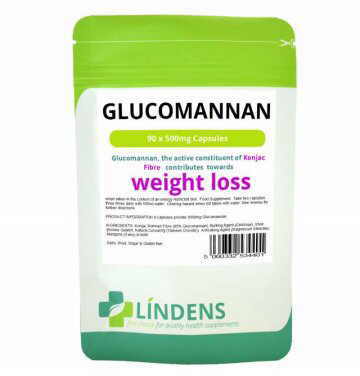
Glucomannan is usually sold in supplements in the form of capsules or powder in pharmacies or natural products stores. Its use requires that we drink a lot of water.
USES OF GLUCOMANNAN
Medicinal uses of glucomannan
- Remedy for the sensation of hunger: it is used as a remedy to combat the cravings of eating and satisfying the appetite. Indicated in the treatment of overweight and obesity. Under specialist control, it is also used to treat bulimia nervosa.
- Helps reduce cholesterol and triglycerides: this supplement can lower cholesterol absorption, and has been linked to the prevention of cardiovascular diseases.
- Constipation: it favors the formation of soft and voluminous stools, which also have a prebiotic effect, by promoting the growth of healthy bacteria in the intestine. Indicated for people with occasional and chronic constipation.
Uses of glucomannan in the food industry
It is used for its viscosity and ability to form gels in the food industry as a thickening and gelling additive:
Provides viscosity, texture and moisture to confectionery products.
Helps to gell dairy products like yogurts. The gel texture provided by this type of fiber allows the fruit to remain suspended in the milk preparation.
Some dairy products intended to take care of the line, like drinkable yogurts or others, add an extra amount of this type of fiber to provide a feeling of fullness to the consumer. At the same time, the skimmed milk products that have lost the taste of the fat, benefit from the texture that this type of fiber contributes.
It is added to some types of pasta – or some are made from konjac flour, so that the dough has a greater capacity of water retention.
![]() More information on glucomannan.
More information on glucomannan.


